“You need to look into the story of a brand, their values and their processes. Ask questions if something isn’t clear.” – Emily Klein, Akasha Yoga Pieces.
www.akashayogapieces.com
Lovely to have you here, Emily. Tell us your story please, how did you discover a need for yoga accessories in the market and where did it all start for you as Akasha Yoga Pieces?
Hi! Thanks so much for having me!
To be honest it wasn’t so much about seeing a niche in the market, it was about wanting to help people. Which may not be the best way to start a business… or maybe it’s the best way!
Luke and I left Sydney in 2014 to explore the world and found ourselves captivated by a small idyllic village in Guatemala, located on the shores of Lake Atitlan. It’s a very spiritual place and we found ourselves deeply exploring our connection to yoga. With my background in design and Luke’s natural eye for beauty and craftsmanship, we had long been admiring the ancient Mayan weaving techniques of the region and really wanted to honor and preserve this vanishing art form. Not only that, but we became integral members of the community we lived in, volunteering at a local nutrition center, where it became intensely clear, the endless struggles that many Guatemalans face everyday. We became passionate about supporting this community, our friends, in a sustainable way and bringing awareness to the importance of conscious shopping, back home.
So all of these elements came together, as if the stars were aligned and Akasha was born!
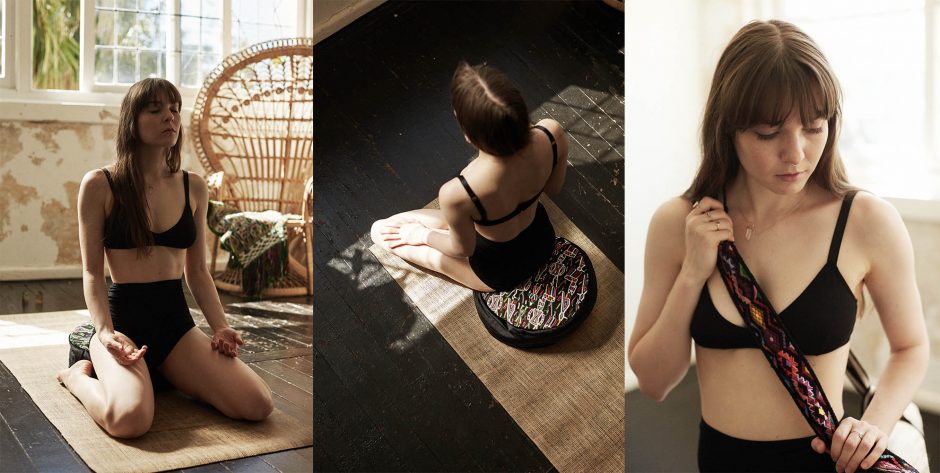
What leads you to create sustainable designs specifically? Is there anything unique about Guatemala that has helped foster your creativity?
The aesthetic of Akasha is driven by the textiles of Guatemala. The second-hand market scene in Guatemala is thriving and I personally love pieces that have imperfections through years of wear. The textiles are steeped in history and play such an important role in the culture. Most of the younger generation no longer wears the traditional dress, replacing it with generic mass-produced apparel. It became important to us to help to preserve these ancient weaving techniques and to share their beauty and their stories with the world.
How has being a designer and business owner changed your life? Do you experience a new depth of life through design?
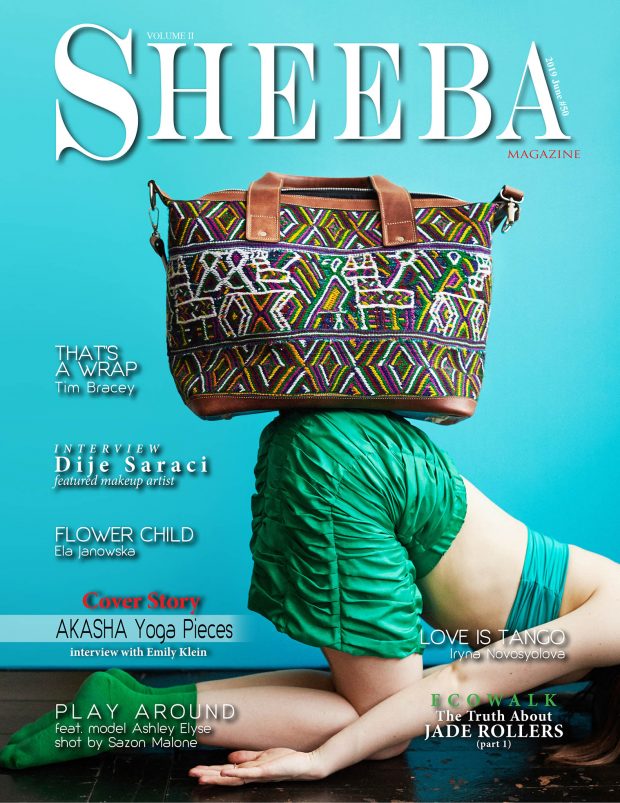
I studied Fashion & Textiles at university and went on to become a sunglass designer. Design and creativity have always been an integral part of my life. A desire to create beautiful pieces that bring people joy has always been the foundation of what I do.
However now as a business owner, I also recognize my responsibility to create an ethical and sustainable business practice. We use the Yama’s, yoga’s moral guidelines to navigate us, for example, ‘Satya’ representing truthfulness, so being transparency in our processes; ‘Aparigraha’ which speaks of non-possessiveness, inspiring us to donate a 5% of our sales to the Konojel who volunteered with in San Marcos; and ‘Ahimsa’ which signifies kindness to all living beings, including Mother Nature, which is why we focus on minimising our impact on the environment through utilising pre-loved textiles.
How can we be sure a product is ethical-sustainable? What do we need to know?
Unfortunately there is so much “green washing” happening these days consumers really need to do their research. You need to look into the story of a brand, their values and their processes. Ask questions if something isn’t clear.
In turn, this can help businesses to question and improve their practices. I remember attending a talk by Patagonia; they recalled an instance where a customer questioned the sustainability of their duck-down jackets. As a result they investigated their supply chain and discovered that it wasn’t sustainable/ethical, which then prompted them to change their practices. Sustainability is so multifaceted, it’s difficult for businesses and individuals to be 100% sustainable but stories like this, of continually striving to be better are so inspiring.
Which materials are your favorites and where do you source them?
We love natural fibers and use these wherever we can. However, sustainable is so nuanced, the answer isn’t always black and white. For example, our meditation cushions are made from cotton/polyester velvet which is upholstery grade. Even though they’re made from a synthetic material they’re made with the intention to last forever.
Briefly describe Akasha yoga strap design process from idea to picking out materials to production. How long does it usually take to make one strap for example?
The faja’s (belts) can take up to a month to produce depending on the design. The textiles we use are second hand, so Luke and I personally scour the markets in Guatemala, and select the best pieces. Most of the women at the market know us now and they’ll bring huge bags of belts for us to look through. We then hire a local woman to hand wash each of the fajas, after which I cut them into lengths and take them to a local women’s sewing co-op who dispense the work throughout neighboring villages.
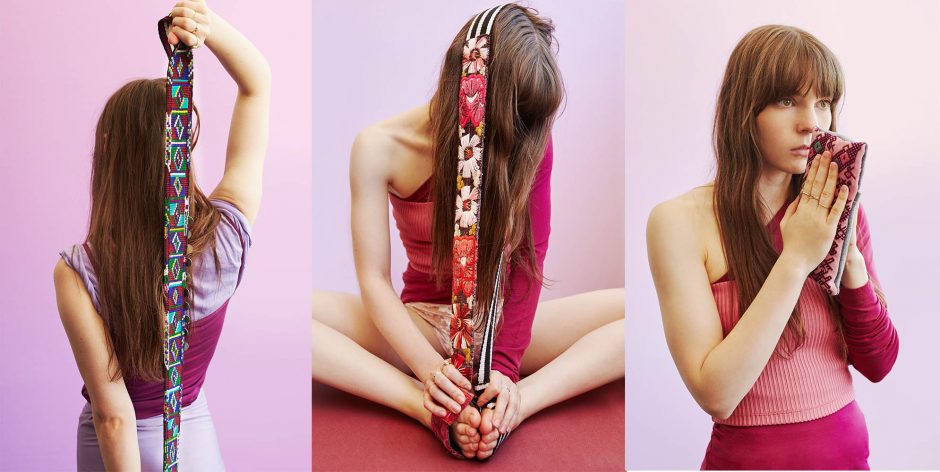
What is Akasha eye pillow and how does it work?
An Akasha eye pillow is basically Heaven! They’re made from repurposed Guatemalan textiles with a bamboo fleece backing. Filled with flaxseeds and buckwheat and infused with Anjali essential oils. We offer lemon & eucalyptus for a clear and focused meditation or lavender for deep restful savasana. The eye-pillows are a great aid for savasana or yoga nidra, or when you just need to give yourself a little me-time.
How durable are your products and is it possible to increase their longevity?
The textiles we use in our collections are traditionally worn in far harsher conditions than say a yoga studio, so they’re built to last. It’s not uncommon to see an abuela (grandmother) with a faja (belt) that she has been wearing for over forty-fifty years.
In addition, both the eye pillows and meditation cushions have a removable outer layer that can be hand wash if required. Our weekender bags use quality YKK zippers – features like these are important to us as we want customers to be able to keep our pieces forever.
Emily, what do you find most challenging about maintaining ethical business?
Changing the mindset of consumers. It’s so much easier to buy the cheaper option and ignore the reality of mass production, but we need to be mindful in our purchases, taking a moment to think about the effect that the purchases will have – on your own wellbeing, on the people who produce the products and on the environment.

Do you incorporate sustainable living in other areas of your life?
Absolutely! I am on a mission to reduce my plastic use as much as possible! I use a menstrual cup, I refuse to buy fresh produce wrapped in plastic, I always bring reusable bags with me everywhere and make use of the unpackaged bulk stores when I can.
I’ve also been vegetarian for the last five years. I’m all about composting and growing my own produce when I can.
I try to make sure I’m informed on sustainability and make sure I share these thoughts with those around me. I’m not perfect, but I continually try to make practical changes everyday to minimize my impact on the Earth and encourage others to do the same.
Give us a little hint. What can we expect to see from Akasha Yoga Pieces in the near future?
We are heading back to Guatemala in June to source our new collection! So you can expect to see lots of exciting new styles in time for Christmas.
Where can our readers find Akasha products and get connected with you?
www.akashayogapieces.com, Instagram @akashayogapieces, Facebook page @akashayogapieces, Spotify user akasha.yoga.pieces.
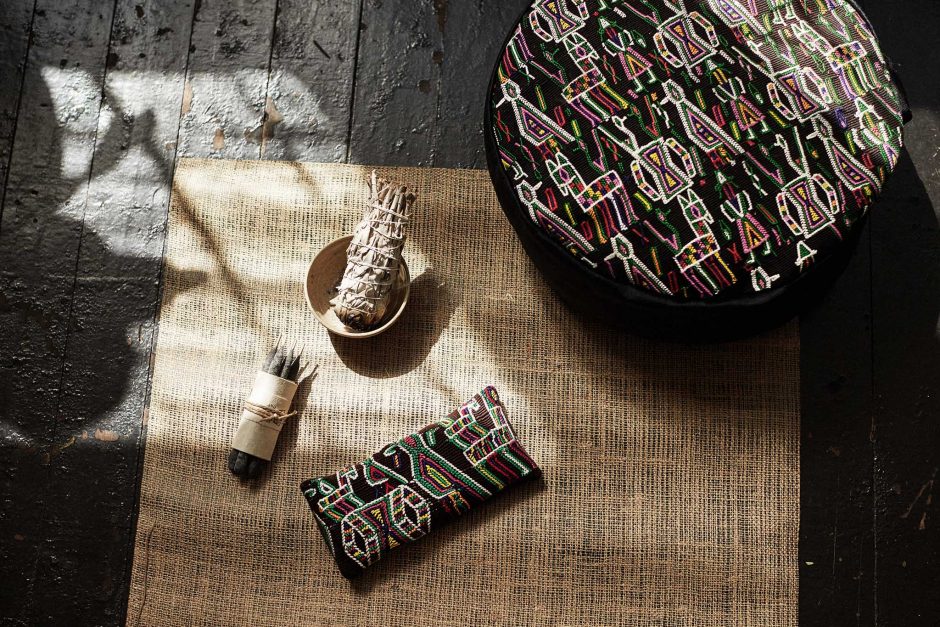
People say that ethical and sustainable products are too expensive. How would you respond to that?
Firstly I would empathize because I know it’s hard to justify spending double the amount for an ethical/sustainable product when you don’t have a big disposable income, however I would explain that:
- You’re paying for the quality of the piece, which in the long run means that you will be spending less money on cheap items that don’t last.
- You’re also paying for peace of mind, knowing that someone has been paid fairly and that you’re goods have been made in safe working conditions.
- You’re paying your environmental dues; we’re all guilty of taking advantage of the Earth’s resources and now is the time to shift our mindset and start giving back.
- And you’re paying for the time someone took to research and develop sustainable practices rather than taking the easy road.
I also believe that when you save-up for an item and really consider the long lasting joy it will bring to your life, you value it more. You’re more likely to keep it forever and pass it on to your children and their children.
What is something you learned about your customers since you have started Akasha Yoga Pieces?
Our customers are the real deal – they are true yogi’s, living the core values of yoga on-and-off the mat. Yoga is all about connection, to ourselves, to each other and to the earth. So to purchase yoga props and apparel that has been mass-produced at the detriment to the environment… well, that’s not really yoga.
In your opinion, what impact does hyper-consumerism and mass production have on our beautiful planet Earth?
As a result of mass production, people no longer VALUE the things they own. We no longer buy products with the intent to keep them forever, and if something breaks it’s cheaper to replace it than take the time to fix it– this throwaway culture putting a huge drain on the Earth’s resources.
We’re so disconnected from the source of our commodities that we rarely consider what went into the making of something and so we forget to consider the true cost of an item. We end up with a bunch of meaningless items that ultimately end up in landfill.
If you could say something to everyone on the planet, what would it be?
I get nervous in front of small groups let alone the entire population, so that’s a little daunting! I would simply say, “Strive to be the best version of you everyday”. None of us are perfect and we’re never going to get it right 100% of the time, but we have to keep striving every moment of everyday to do better.
How does the perfect day of Emily Klein look like?
An early morning yoga class (although not too early!), followed by a solo breakfast catching up on all the emails that I flag but never get time to read. Then some time at the beach reading a good book, a long lunch of delicious nourishing food with friends and to top it all off a quiet evening with Luke and his delicious pesto pasta.
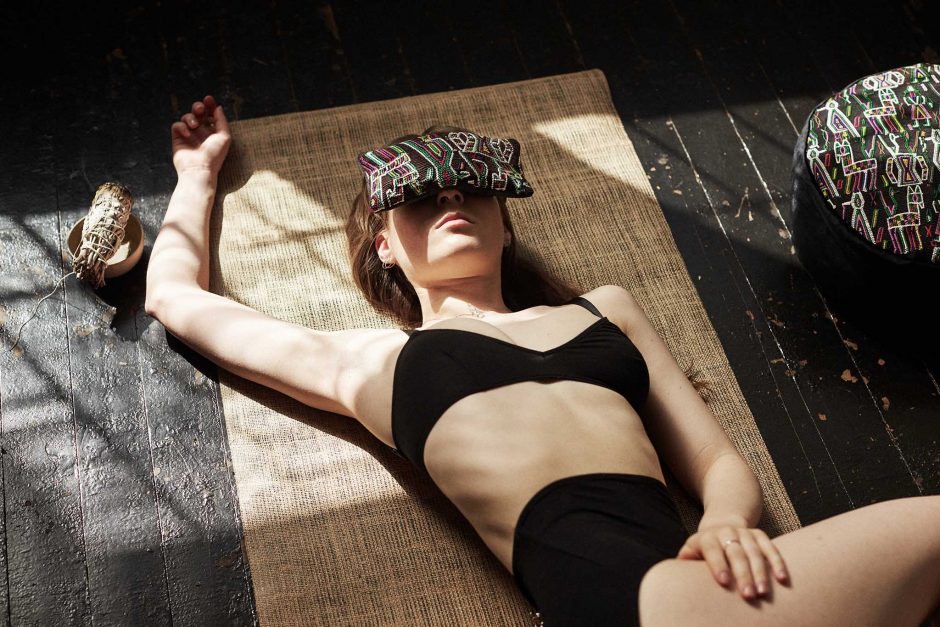
Tell Akasha Yoga Pieces wildest work story in Guatemala.
I’m not sure if I have a wild work story, but I have many beautiful memories. Luke celebrated his 30th birthday while we were living in San Marcos, we started the day with an early morning hike to Indian’s Nose to see the sunrise. Then we threw a big party at our house, inviting all of the kids that we volunteered with, playing games and having cake. As the sun went down the kids left and all of our grown up friends showed up to keep the party rolling.
What is something you have always wanted to try?
A silent retreat – I think it would be such an incredible experience – I just haven’t had the opportunity to do it yet.
If you could have one superpower what would it be? I mean flying would be pretty amazing, but being able to heal people’s pain – what a gift!
When you want to unwind, what are your favorite go-to activities?
Yoga and swimming in the ocean are my cure for everything! I love lighting some incense and reading a good book. Music plays a big part in my downtime – I’ve put together some great playlists for Akasha, which I love to listen to while I potter around the house (you can listen to them here at Spotify user akasha.yoga.pieces) When I’m at home in Sydney I love to garden. And I’ve recently taken up embroidery, although I’m not very patient with it. I’m an introvert, so my down-time is often me-time.
Tell one thing about yourself people might find surprising.
Luke and I have another business called Piece Collectors (website www.piececollectors.com) a fashion and homewares store that sells artisan pieces from across Latin America. Previously it was solely a wholesale business but this year we’re taking a new direction and opening it up to the public. We’re currently based in Mexico designing the collection and working together with local artisans using their traditional techniques.
Thank you, Emily.
Published in Sheeba Magazine, June 2019 Vol II: BUY NOW
Read More:

